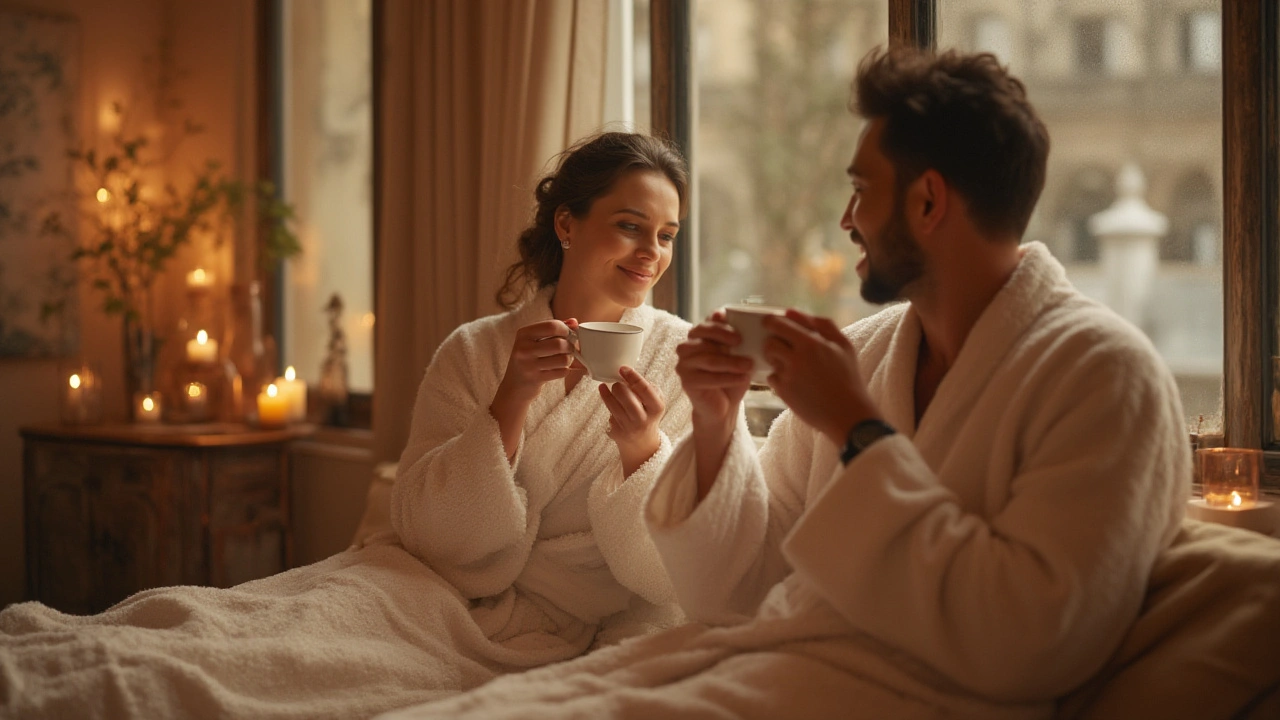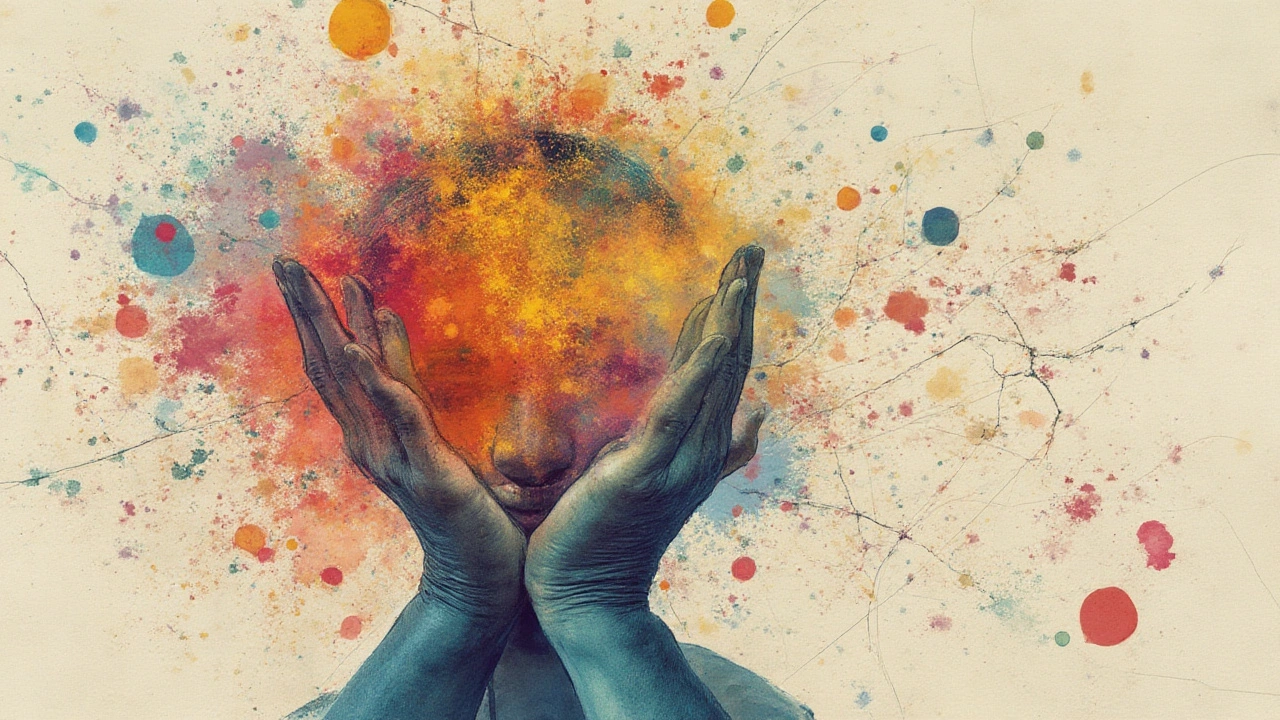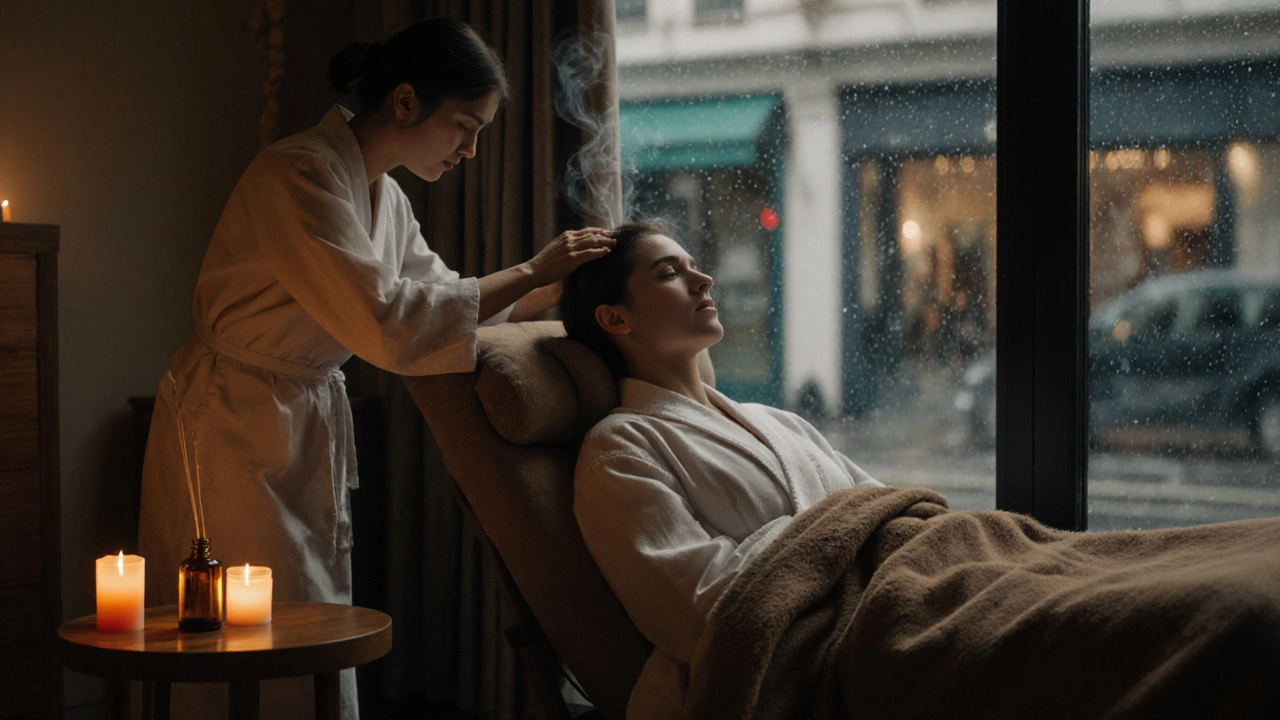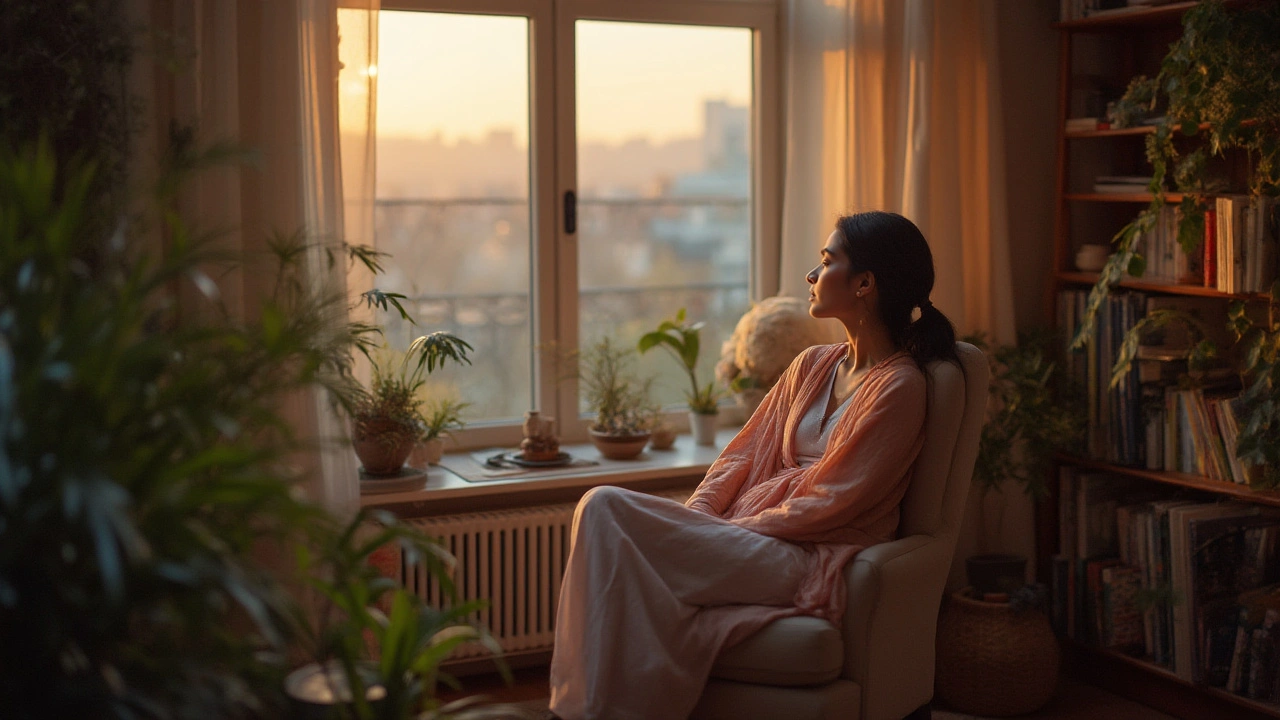Curious about Indian head massage? Discover what happens, its unique benefits, session details, pricing, and how to find the best experiences in London.

- Created by: Liam Redgate
- Completed on: 25 Jul 2025
- Categories: Head Massage
Key Takeaways: Secrets Behind an Indian Head Massage
Ever wondered why an Indian head massage feels like magic for your mind and body? Here’s the quick lowdown in case you’re impatient: it’s not just about your head—your scalp gets expert attention, but so do your neck, shoulders, and sometimes your face. Sessions usually last anywhere from 25 to 45 minutes, and you don’t have to undress. Techniques go way beyond gentle rubbing—expect rhythmic kneading, soothing pressure points, and even some hair-pulling (that’s actually relaxing, weirdly enough). The whole thing aims to melt away stress, ease headaches, and help you sleep better. It’s deeply rooted in ancient Indian wellness practices and is wildly popular in London’s spa and wellness scene. Ready for a bit more? Keep reading.
Direct Answer: What Happens at an Indian Head Massage?
During an Indian head massage, you’ll sit comfortably—often in a straight-backed chair or on a massage stool. The therapist uses a blend of classic and traditional Ayurvedic massage moves on your scalp, neck, shoulders, and sometimes upper back and face. Oil is optional (and you get to choose!), but the main goal is relaxation and stress relief through techniques like kneading, circular motions, pressure-point stimulation, and gentle hair pulling. All of this increases blood flow, encourages lymphatic drainage, and helps release muscle tension. You’ll likely feel a tingling calm—or even a sudden urge for a nap—as the session progresses.

The Art and Science: What Makes Indian Head Massage So Special?
If you think Indian head massage is just about rubbing a scalp, you’re missing out on a centuries-old wellness tradition that’s way more intricate. Originating in India over a thousand years ago, it’s woven into daily routines and family care. Mothers often pass down these skills, massaging their children’s heads after school. This isn’t just about comfort: research from University College London found that scalp massage led to improvements in sleep quality and lower stress levels after just three weekly sessions.
Picture this: the massage usually begins with firm, yet gentle kneading of your upper back and shoulders. Why? Because tension loves to hide there, especially if you’re hunched over a laptop all day. The therapist warms up your muscles, then moves to your neck—using their fingers and palms to release knots and sneak in some lymphatic drainage. This step alone can make stiff necks feel new again. On to the scalp, where the show really begins: tapping, gliding, circular rubbing, and gentle hair tugging (it’s surprisingly soothing) wake up your nerve endings and boost circulation. Some therapists finish by massaging the temples, jawline, and even the ears, which is a real treat if you carry tension in your face.
Essential oils aren’t a must, but a few drops of coconut, sesame, or almond oil can make everything feel silkier. In traditional settings, oils are chosen for their calorific value in Ayurvedic medicine—meaning they balance energy flows and help soothe the scalp. You get to decide whether to go oil-free or dive right in.
This combo of moves doesn’t just relax you in the moment: one small UK study noted that frequent head massages could lead to improved scalp health and even speed up hair growth by stimulating circulation. There’s also the endorphin rush—one of those happy, floaty feelings you get after a really good workout or belly laugh. A lot of people schedule massages to ease headaches, manage migraines, or just deal with the London grind.
And here’s a surprising perk: you don’t have to undress for an Indian head massage. Most sessions happen fully clothed, so it’s low-fuss and solo-friendly—perfect for busy people who need a quick fix between meetings. There’s no massage table, no fussing about privacy issues, just a simple chair and skillful hands.
Ever feel drained before or after a session? That’s normal. The therapy works on the body’s energy meridians (called marmas in Ayurveda), aiming to unclog blocked energy and restore balance. A few clients describe tingling, lightness, or even emotional releases after their first go. It isn’t just about physical sensations—sometimes your mind gets the clean-out it didn’t know it needed.
Step-by-Step: What to Expect During Your Indian Head Massage Session
Nervous? Don’t be. If it’s your first time, you’ll usually meet your therapist for a quick chat to see what you want out of the session. Got a stiff neck? Sore head? Anxiety? Let them know—they’ll tailor the experience. No fancy spa robe or flip-flops required. Just show up in whatever’s comfy; you’ll usually stay dressed, maybe remove your jacket or earrings.
The massage starts with you sitting up straight—most often on a low-backed chair, so the therapist can move easily behind you. The first focus is your upper back and shoulders. Expect some firm pressure with the therapist’s thumbs, fingers, and palms, sometimes using circular or rhythmic moves. It goes a lot deeper than just a relaxing touch—they’re working to loosen muscular knots, increase blood flow, and wake up tired muscles. If you’re lucky, they’ll find exactly the spot you didn’t even realize was tense.
Next up: the neck. Therapists use a sweeping-pinching movement, gently pulling and releasing the neck muscles. This boosts circulation, banishes morning-after stiffness, and just feels satisfying. Then it’s on to the scalp—the therapist will glide, knead, and tap across your head, sometimes using both hands in coordinated, wave-like motions. The hair-tugging trick wakes up your scalp’s nerves and is meant to trigger relaxation. Gentle, circular kneading at the temples can melt away tension—some folks even say it relieves sinus pressure or headache pain.
If you’re having an oil massage, you’ll smell the difference right away—most therapists use organic coconut, almond, or Ayurveda-inspired blends. Don’t worry about going home with greasy hair: you can always opt out, or request dry techniques.
Your session might wrap up with quick face and ear massages—think soft tapping, spidery finger movements, even a little jaw work. Some spas finish with a hot towel pressed on your head and shoulders. Expect a post-massage mental fog (the good kind), and maybe, for some, a burst of energy. Drink water, give yourself a minute to come back to earth, and don’t rush straight into stressful meetings.
So, who should try it? Indian head massage is a lifesaver for office workers, students, new parents, or anyone feeling fried. If you have chronic migraines or super-sensitive skin, let your therapist know before you book. Sessions typically last 30 to 45 minutes. Here’s what you might pay in London (based on 2024-2025 averages):
| Session | Duration | Average Price (£) |
|---|---|---|
| Standard Session | 30-40 min | 45-70 |
| Oil Massage | 40-50 min | 55-90 |
| Express/Workplace Chair Massage | 15-20 min | 25-40 |
When booking, check online reviews and always go with a vetted therapist—London’s got plenty, but not all are equal. Look for memberships in groups like CThA or FHT; this means extra training and good health standards. And remember: never book from classified ads if you want a real, safe experience. Authentic Indian head massages can be found everywhere from luxury spas in Mayfair to tiny wellness studios in Camden or Shoreditch. Want to try it at home? There are simple YouTube routines, but nothing replaces those pro magic hands.
The bottom line: Indian head massage isn’t just a treat, it’s a genuine tool for coping with physical and mental overload. You’ll leave feeling lighter, with a clearer head and maybe, if you’re lucky, hair that shines a little brighter. Ready for your first session? Why not book today and find out what all the fuss is about?
Discover how Indian head massage balances chakras, boosts prana, and deepens mindfulness. Learn types, prices, safety tips, and where to book in London.
Explore if Indian head massage truly helps depression, with a deep dive into its benefits, what to expect, London options and how it supports mental health.


